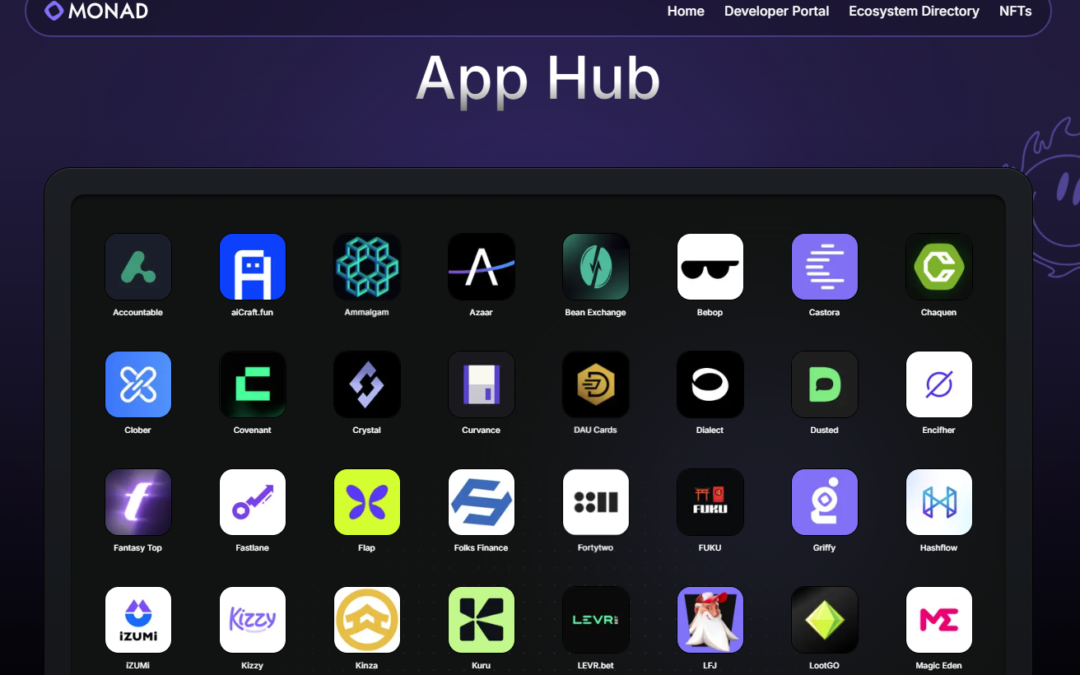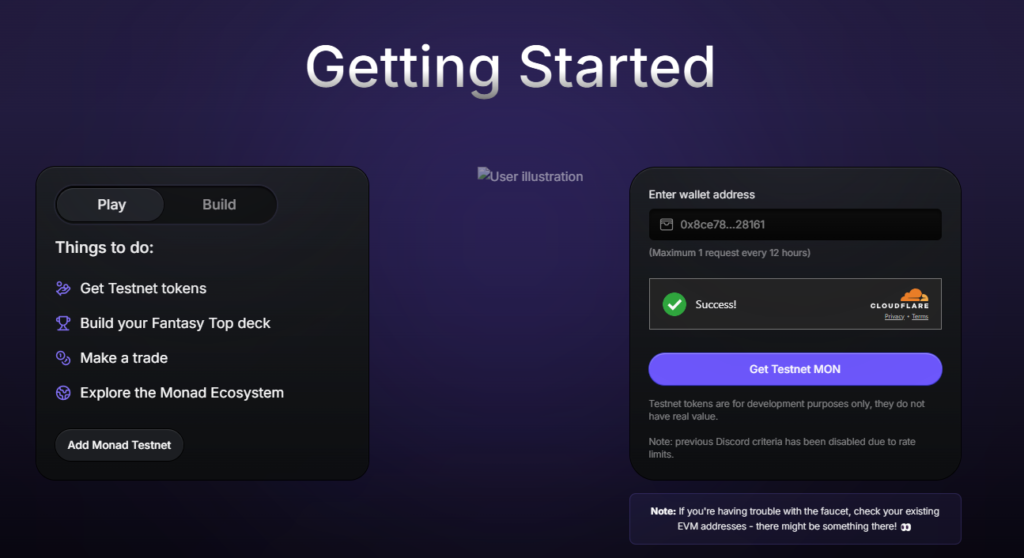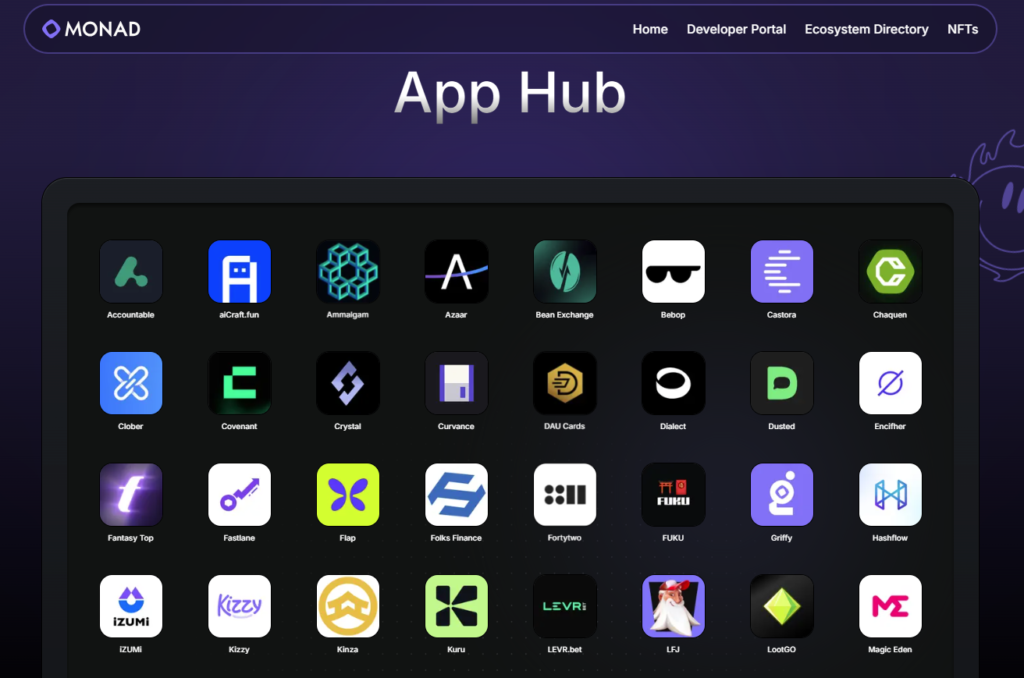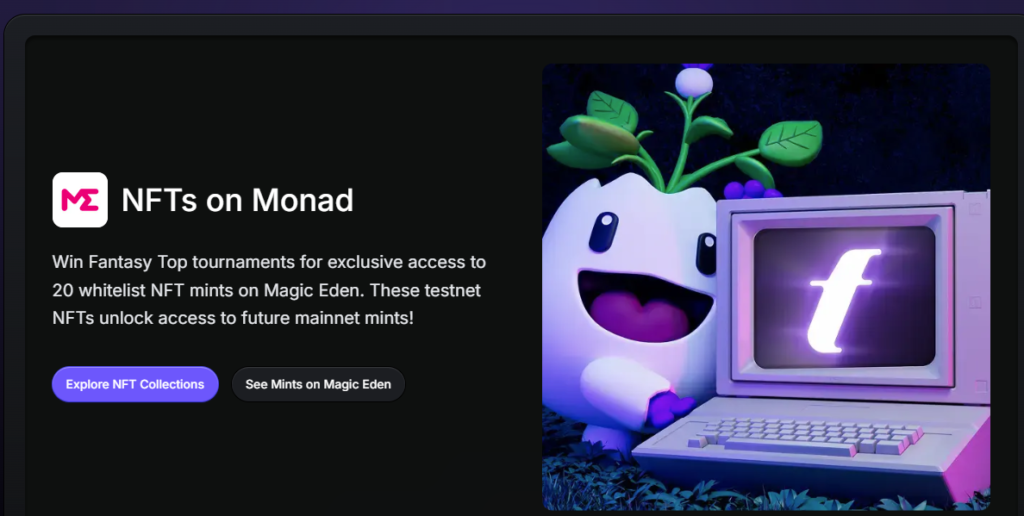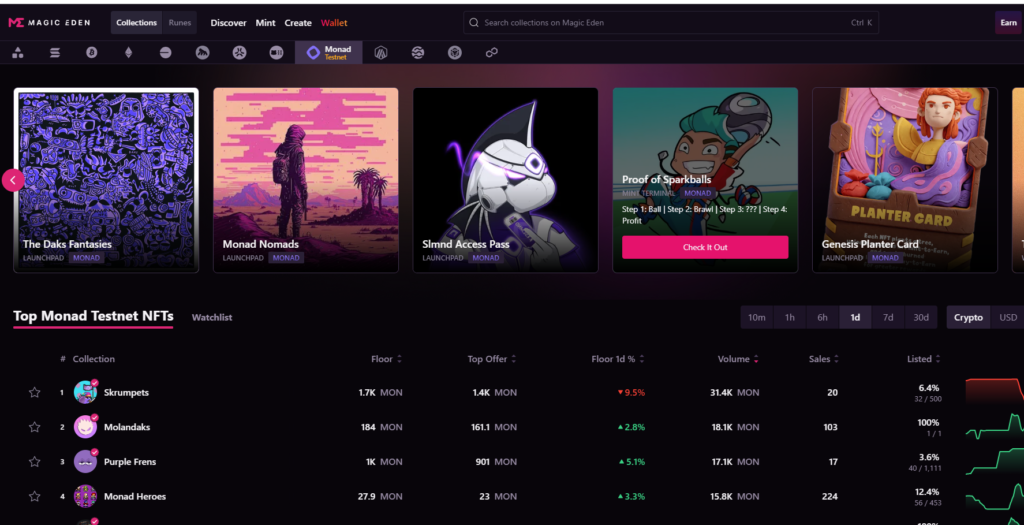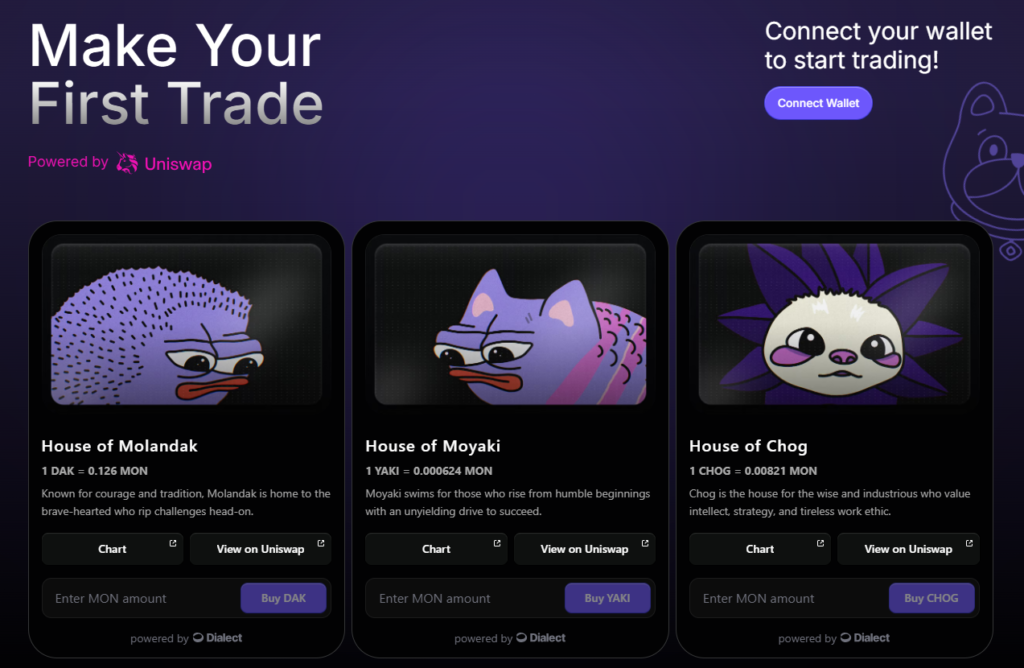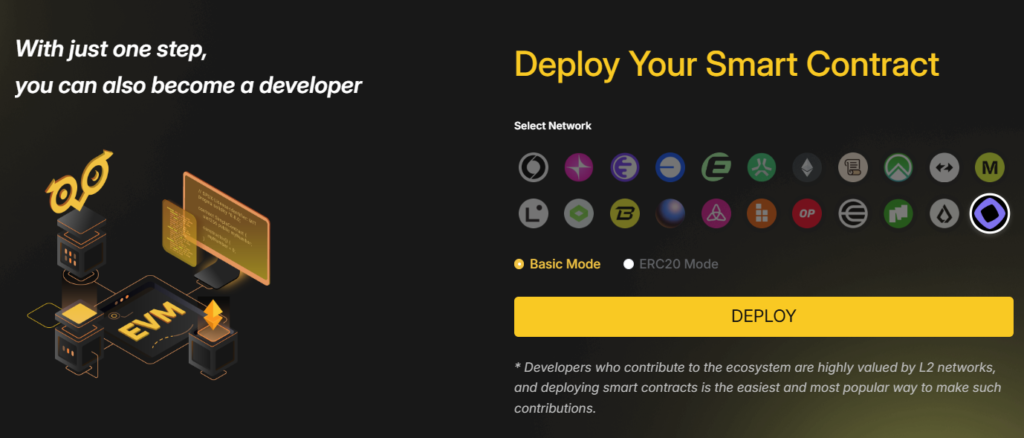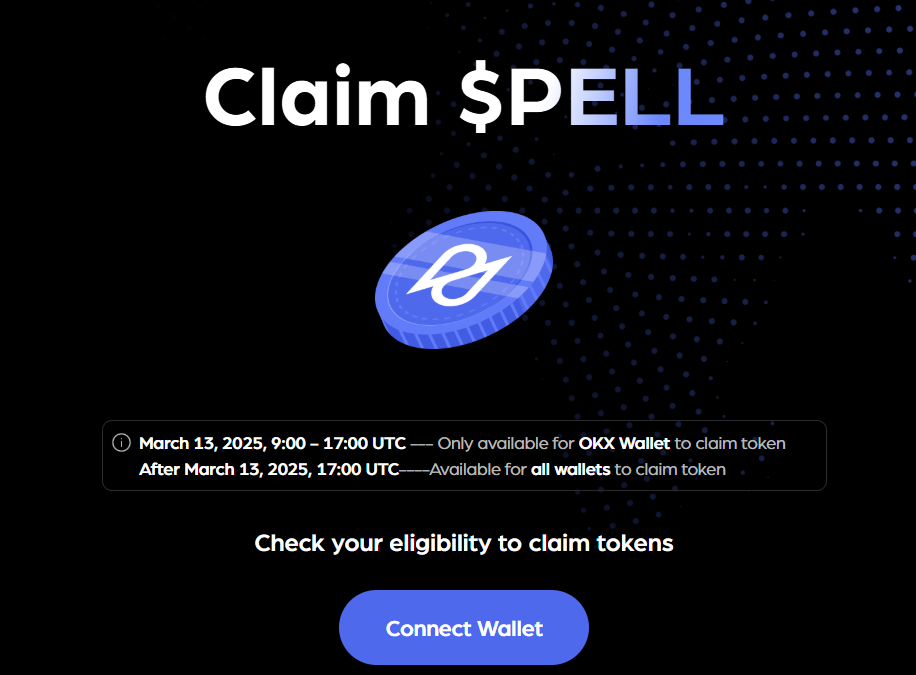
Pell Network Airdrop Is Live: Bitcoin Restaking Takes Off
The Pell Network has officially launched its airdrop claim, opening the gates to early adopters and restakers eager to participate in the next evolution of crypto infrastructure. As restaking continues to redefine economic security, Pell stands out by bringing this innovation to Bitcoin—the most trusted and secure asset in crypto. But Pell isn’t just about hype; it’s building a modular security layer with tangible use cases and a strong economic model that could reshape how Bitcoin is leveraged across decentralized ecosystems.
What is Pell Network?
Pell is a restaking protocol that enables users to stake BTC to secure modular services, known as Actively Validated Services (AVSs), similar to what EigenLayer has introduced on Ethereum. It allows Bitcoin holders to put their capital to work, generating yield by securing decentralized oracles, bridges, data availability (DA) layers, and more—all without needing to bootstrap new validator sets from scratch.
How Pell Works: Bridging Bitcoin to Modular Security
Since Bitcoin does not natively support smart contracts or staking, Pell enables BTC restaking via liquid staking tokens (LSTs) such as wBTC, tBTC, and BTCB across EVM-compatible blockchains like Ethereum, BNB Chain, BoB network, Core, ZetaChain and others. Users stake their LSTs on Pell’s platform, which then restakes them to provide slashing-backed security for AVSs. In return, AVSs pay fees for this security, and rewards are distributed to BTC restakers. This structure enables Pell to bring Bitcoin’s economic weight into modular crypto infrastructure while maintaining a decentralized, slashing-compatible security layer.
How Pell Compares: EigenLayer, Karak, and Beyond
While EigenLayer pioneered Ethereum restaking and Karak is pushing a cross-chain approach, Pell is uniquely positioned to capture the untapped value of Bitcoin’s idle liquidity. Where EigenLayer focuses on ETH-based AVSs and Karak explores multi-chain restaking, Pell applies Bitcoin’s economic weight as collateral for AVS security.
Competitors like BounceBit and Babylon also aim to bring restaking or timestamped security to Bitcoin, but Pell’s architecture prioritizes slashing-backed guarantees and modular integration, making it more aligned with the EigenLayer thesis, but for BTC-native environments.
Potential Use Cases for Pell AVSs
- Oracle networks secured by BTC restakers
- Bitcoin-backed bridge networks and zk-rollups
- Data availability layers with slashing mechanisms
- Coordination layers for multisig custody and validator committees
Revenue Streams and Economic Incentives
AVSs will pay Pell in BTC or PELL tokens to lease security. Fees are then distributed to BTC restakers and validator operators. Pell may also implement token buyback programs and burns to enhance value capture. While EigenLayer has already demonstrated a potential $100M+ annual revenue model through AVS consumption, Pell could unlock similar value from Bitcoin’s vast liquidity pool.
Who’s Behind Pell?
Although detailed founder information is still limited, Pell has drawn early attention from restaking enthusiasts. It is actively engaging with AVS developers and modular infrastructure providers. As the ecosystem matures, we can expect integrations and AVS partnerships to be formally announced.
Risks to Consider
As with any early-stage crypto protocol, Pell faces several risks:
- Technical risks in slashing arbitration and AVS reliability
- Smart contract risks
- Limited AVS adoption until network effects grow
- Custodial or bridge-based BTC staking mechanisms introducing centralized points of failure
- Market volatility and uncertain regulatory outlook for BTC-based DeFi
Pell offers a bold new vision for Bitcoin—one where BTC is no longer passive capital but a foundational layer in modular crypto security. But with innovation comes risk, and early participants should weigh the upside carefully against potential protocol maturity hurdles.
As the airdrop goes live, Pell marks the beginning of a new narrative: Bitcoin as the backbone of decentralized security. Don’t forget to check if you are eligible for the airdrop!

